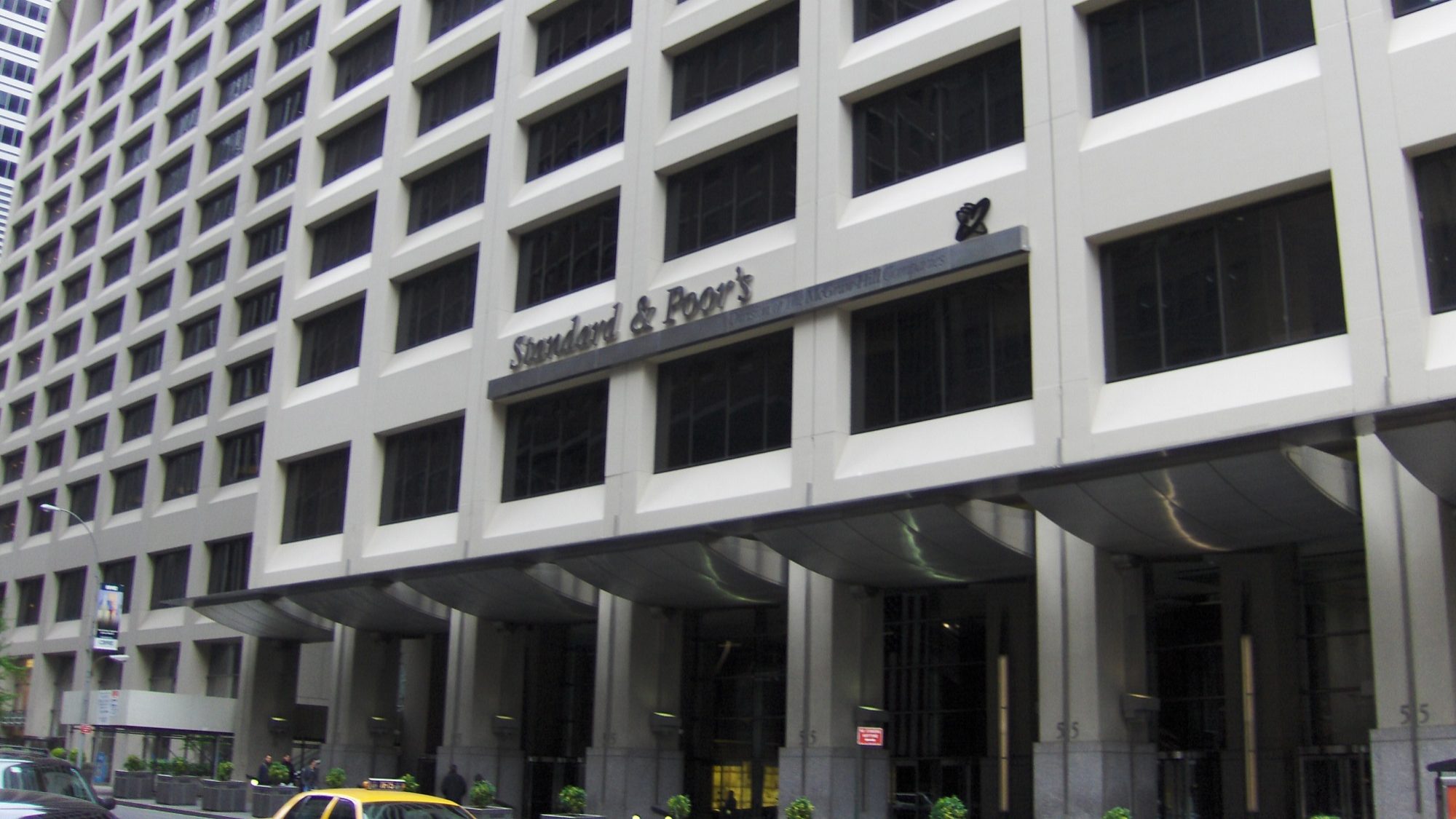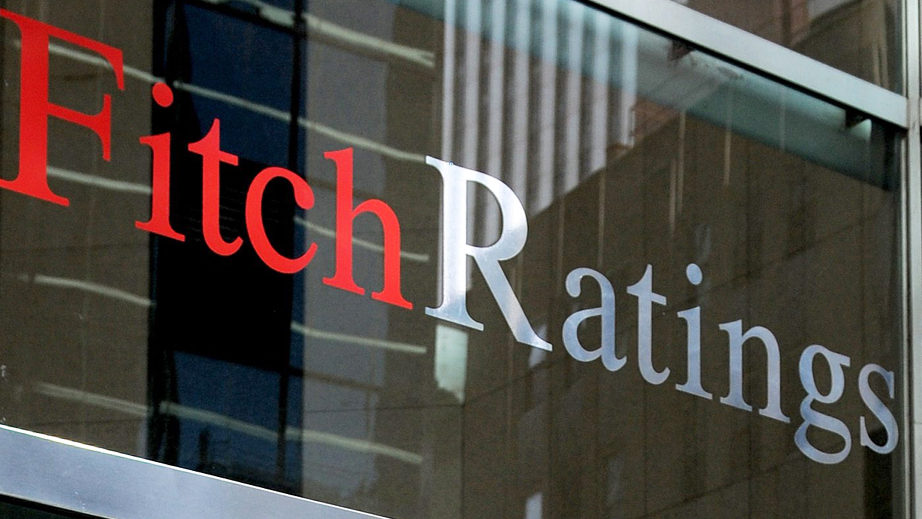DBRS increases Portugal’s rating, while Moody’s postpones assessment
The rating agency DBRS increased Portugal's rating to 'BBB' with a stable outlook. The downward debt trajectory and fiscal discipline justify the decision, as well as the NPL decrease.
The Canadian rating agency DBRS increased Portugal’s rating to BBB with a stable outlook. The agency decided to increase Portugal’s rating by one step, meaning it now stands in the investment category, because the country improved the perspectives on debt sustainability. Moody’s, on the other hand, is keeping Portugal in the junk status until October 12, when it will make a second assessment on the country’s rating. The agency decided not to make any decisions about the two countries it was supposed to assess on April 20: Portugal and Bahrain.
“The improvement in Portugal’s public finances has become more durable, which is supporting the emerging downward trajectory in the public debt ratio”, DBRS states, in the press release announcing its decision. The agency highlights that after public debt stabilized at 130% in 2014 and 2016, it ended up decreasing to 125.7% in 2017, and that it “is projected to continue declining”, DBRS states. The Portuguese Executive foresees a 122.2% debt for 2018 in the Stability Programme. Even so, the agency highlights the “high level of public debt remains one of Portugal’s major rating challenges”, because it “leaves public finances vulnerable to negative shocks, particularly a materialization of contingent liabilities and an adverse growth shock”.
“Fiscal discipline has been maintained, while interest costs have continued to fall“, the agency highlights. This performance reflects the Government’s decision to anticipate repayments to the International Monetary Fund (IMF), the most expensive component of Portugal’s loan when it requested a bailout. In addition, the fact that the Portuguese economy “continues to grow at a steady pace” has also helped this rating increase. We should recall that Portugal had a 2.7% growth in 2017, the best performance in terms of GDP evolution in a decade. The agency believes it is of key importance that Portugal “assures” a “stable growth” and “stable primary surpluses” so that debt can keep shrinking. In its forecasts, DBRS, which is more pessimistic than the Government, forecasts a GDP decrease to 1.9% in 2019, against the 2.3% foreseen by the Government in the Stability Programme. Besides, DBRS underlines that potential GDP “remains low”, labor productivity remains low, long term unemployment is high and the working population is aged — all challenges for a country’s rating.
If GDP growth is maintained and Portugal continues registering primary surpluses (it reached a 3% record in 2017, excluding one-off measures) that lead to an additional reduction in public debt, DBRS acknowledges increasing the country’s rating once again. “Projections indicate an average surplus between 2.5% and 3.8% over the next five years”, DBRS states.
The agency also highlights that “additional progress in reducing NPLs could also be positive for the ratings”. The performance improvement that has been registered comes from “an improvement in economic conditions”.
Almost seven years later, Moody’s keeps Portugal in “junk” status
The rating agency decided to not make any decision about both countries it should assess this Friday: Portugal and Bahrain, but also the city of Astana. The decision to remove Portugal from the junk status must have to wait until October 12, when the second assessment was foreseen.
Portugal will, therefore, have to keep waiting for an investment grade assessment by all rating agencies. Portugal is assessed by Moody’s as a ‘Ba1’ grade, with a positive outlook.




